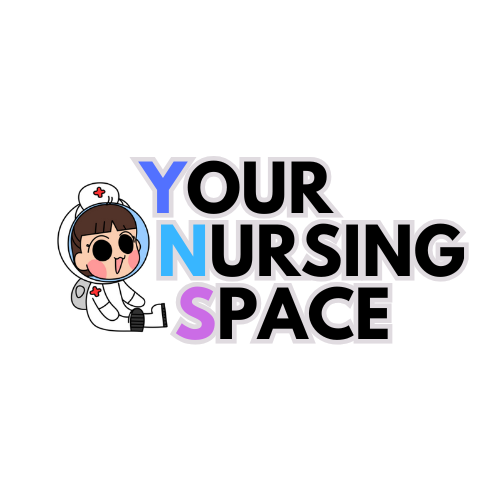NGN Question Types Explained: Master the 6 New NCLEX Formats
Share
NGN Question Types Explained: Master the 6 New NCLEX Formats
When I first heard about the Next Generation NCLEX, I literally felt my stomach drop.
I was already struggling with the traditional format, spending every night at my kitchen table surrounded by study guides, highlighters, and way too much coffee. The last thing I needed was to hear that they were completely changing the exam format.
"New question types? Partial credit? What does this even mean?" I remember texting my study group at 11 PM, probably waking half of them up with my panic.
My roommate found me that night, still in my scrubs from clinical, staring at my laptop screen with tears in my eyes. "They changed everything," I told her. "Just when I thought I was getting somewhere."
But here's what I learned after months of deep diving into the NGN format—and what I desperately wish someone had sat me down and explained from the very beginning.
The Reality Check That Changed Everything
First, let me be honest with you. When the NGN launched in April 2023, I was terrified. I had already postponed my exam once because I didn't feel ready, and now they were telling me that everything I'd been studying was... different.
I spent three days in full panic mode. I called my mom crying. I considered postponing my exam again. I even looked into changing my major (yes, I was that dramatic).
Then my clinical instructor, Mrs. Rodriguez, pulled me aside after a particularly rough day on the floor.
"Sarah," she said (yes, that's my name), "you're thinking about this all wrong. These new question types aren't harder—they're more like actual nursing."
She was right. And that conversation changed my entire approach.
Breaking Down the 6 NGN Question Types (The Real Way)
1. Extended Multiple Choice - The Familiar Friend with a Twist
These look like the multiple choice questions you know, but here's the catch—you might need to select 2, 3, or even 4 correct answers instead of just one.
My Strategy: Read the question stem carefully. It will tell you exactly how many answers to select. If it says "Select all that apply," don't overthink it.
Example Approach: For dehydration signs, don’t choose the 3 “most serious.” Choose 3 that are simply correct.
2. Extended Drag and Drop - The Organization Test
You’re asked to drag nursing interventions or procedural steps into the correct order.
My Breakthrough: Think real-life. What would you do first on the floor? Start with ABCs, then safety, then comfort.
Real Example: Check vitals before ambulating. Make sure they’re stable before removing tubes.
3. Cloze (Drop-Down) Questions - Fill in the Clinical Blanks
These give you a sentence with dropdown menus to select the correct word, med, or action.
My Method: Read the sentence with each option filled in. Which makes medical and grammatical sense?
4. Enhanced Hot Spot Questions - Point and Click Nursing
You’ll see an image and click the correct location—body landmarks, EKGs, equipment, etc.
My Confidence Builder: These test basics—like where to listen to apical pulse or where to inject.
5. Matrix/Grid Questions - The Relationship Mapper
Match rows to columns—like symptoms to conditions or interventions to problems.
My Approach: Go row by row. Don’t jump around. Systematic = accurate.
6. Bow-Tie Questions - The Clinical Reasoning Visual
A central condition in the middle, contributing factors on the left, interventions on the right.
The Secret: Think: “What would I do on the unit?” This isn’t trivia—it’s logical nursing thinking.
My Personal NGN Success Story
I finally “got it” with a bow-tie question about shortness of breath. Instead of treating it like a puzzle, I just asked, “What would I actually do with this patient?”
The answers flowed: Anxiety → contributing factor. Elevate HOB → smart intervention. Check O2 sat → duh.
I wasn’t test-taking anymore. I was nursing.
The Study Strategy That Actually Works
You can’t memorize your way through NGN. You have to practice thinking through patient scenarios.
That’s why I created the NGN Question Bank—with hundreds of questions and detailed rationales that walk you through the clinical reasoning process step by step.
What This Really Means for Your Success
The NGN isn’t trying to trip you up. It’s asking: Can you prioritize care? Can you connect symptoms to problems?
And you probably already can—because you’ve done it in clinical.
My Promise to You
I passed not because I knew all the facts—but because I learned to trust my clinical brain.
That’s what the NGN wants to see. And I believe you already have what it takes to show it.
The Bottom Line
The Next Gen NCLEX isn’t harder. It’s more realistic.
These question types are your chance to show the nurse you’ve become.
So study smart. Practice reasoning. And show up ready to shine.
